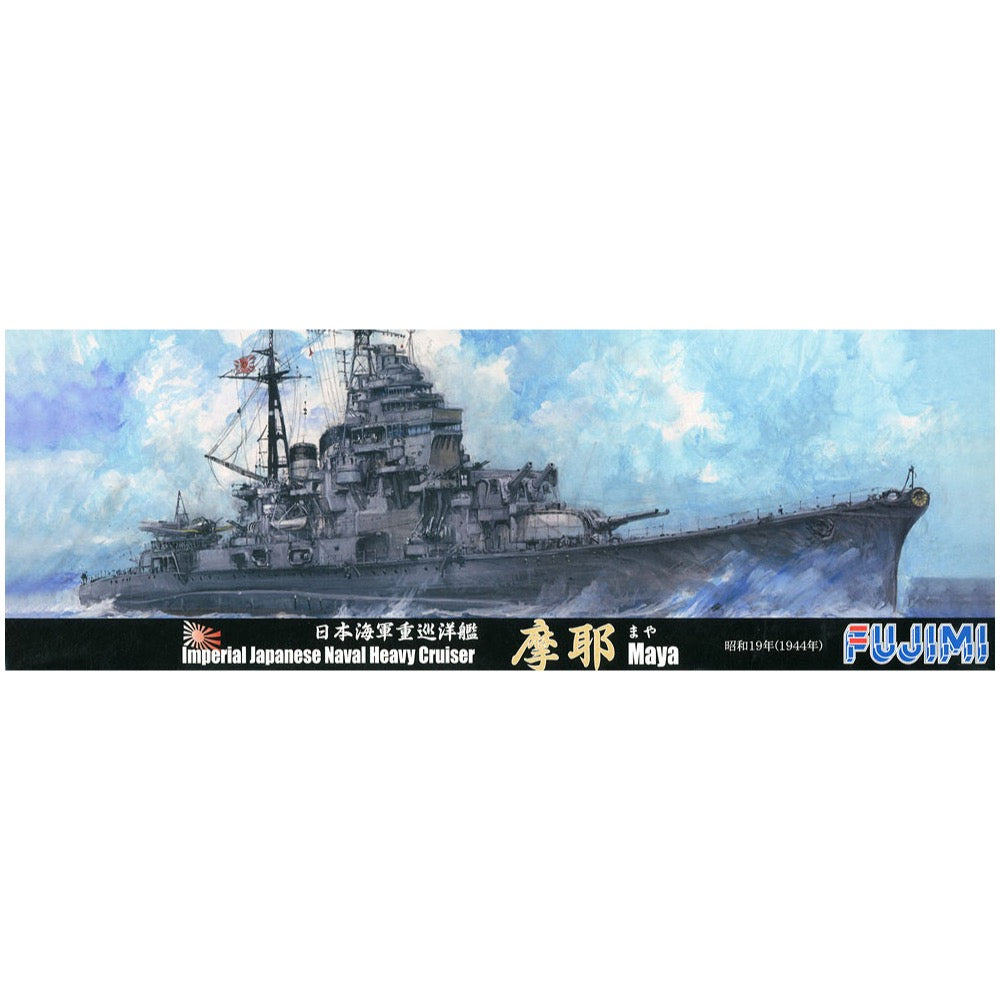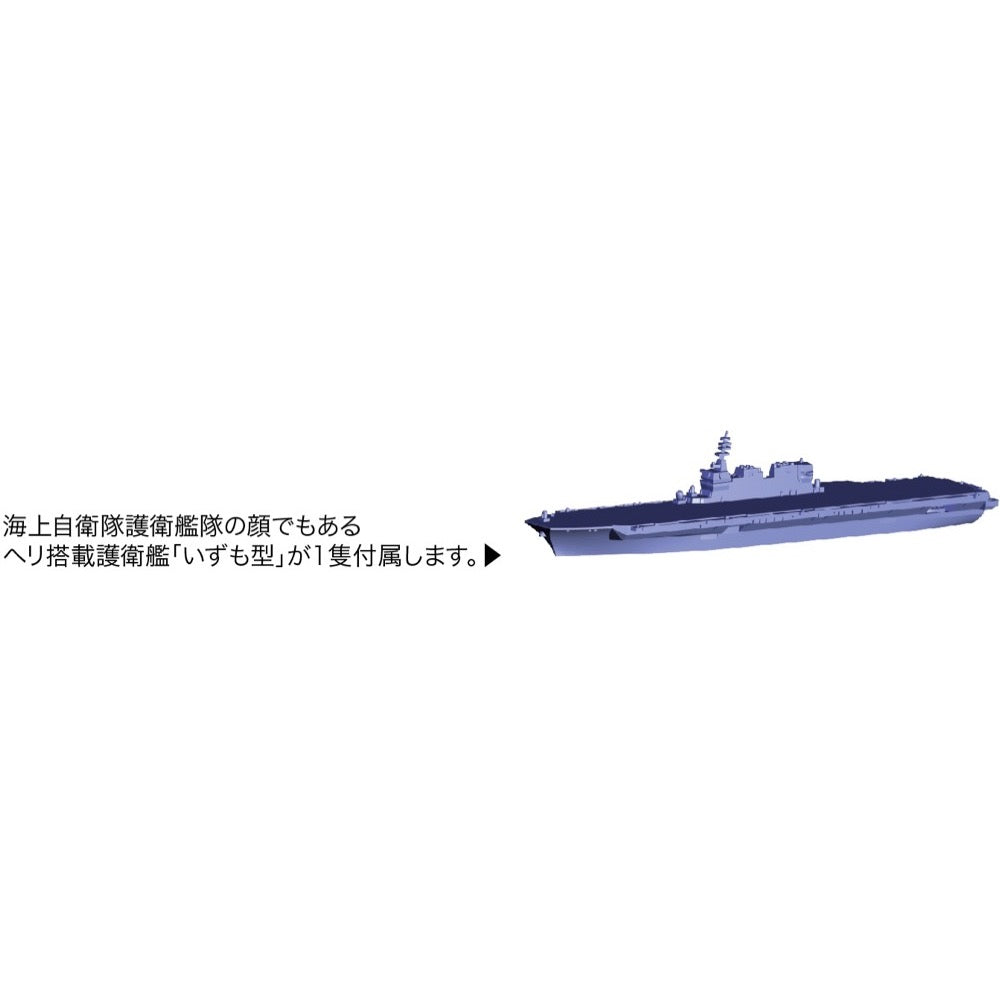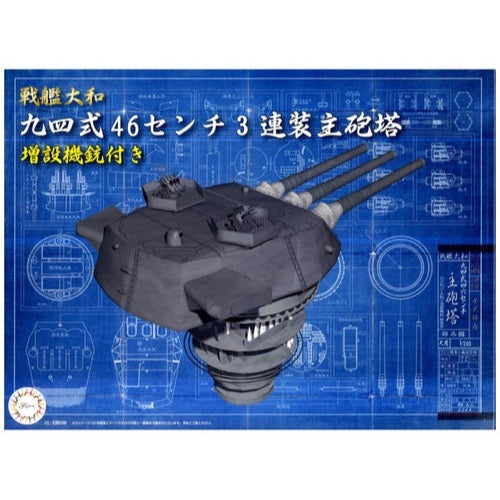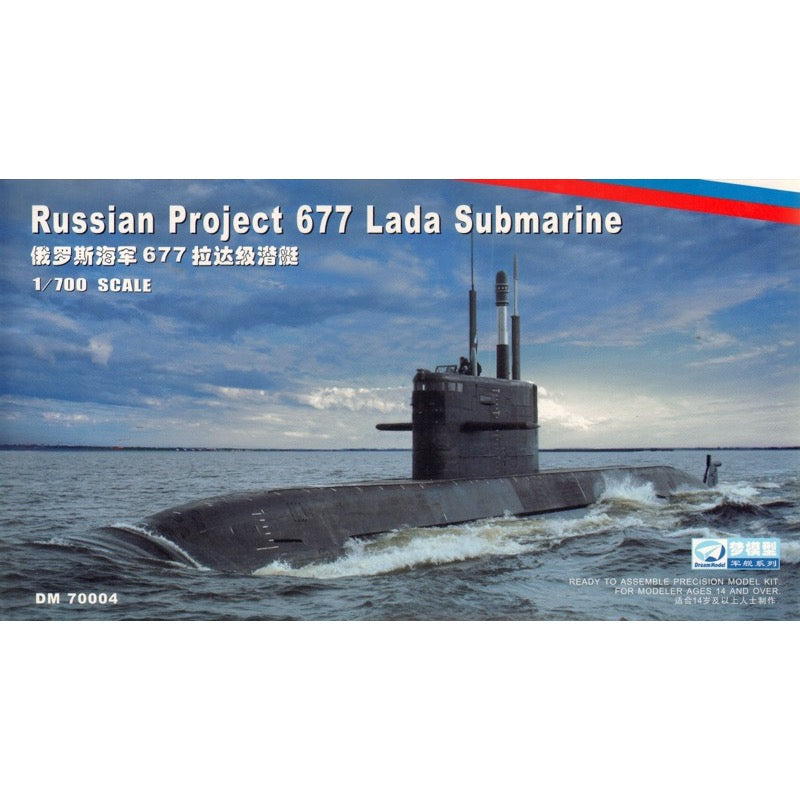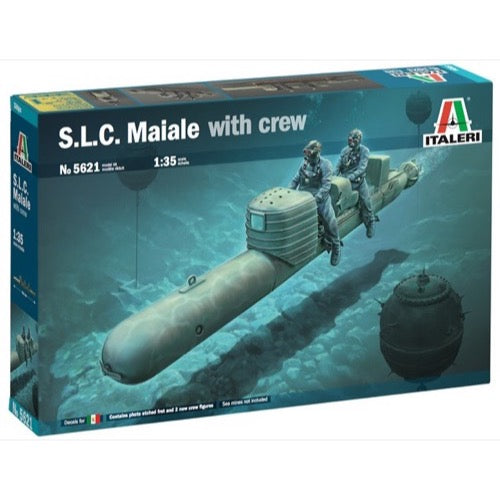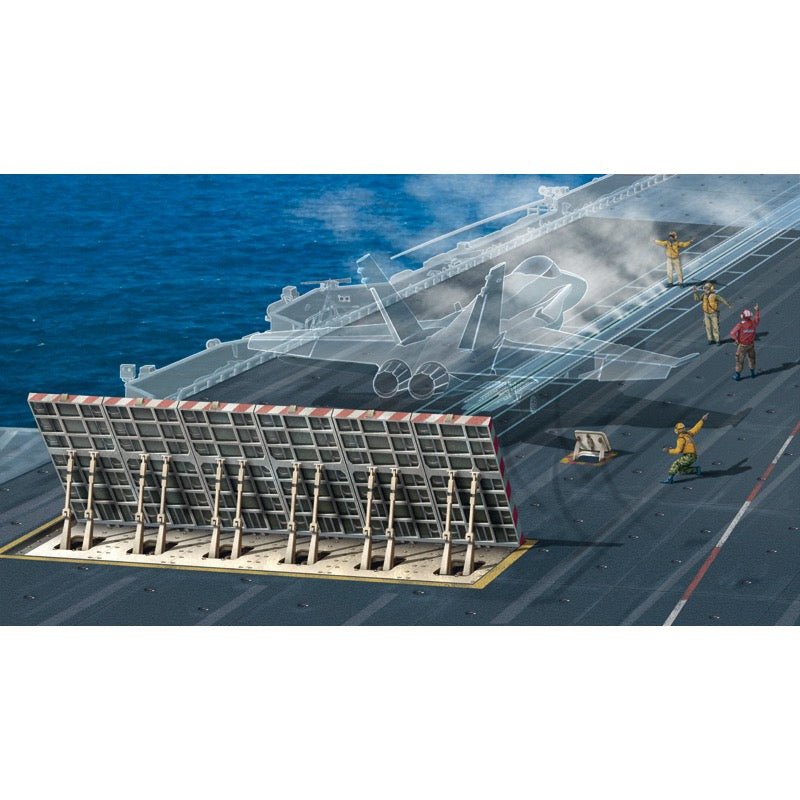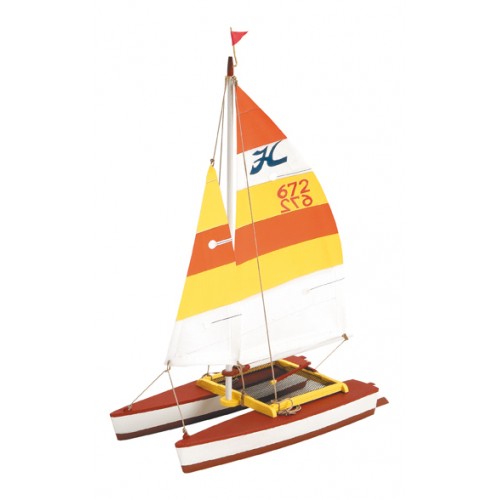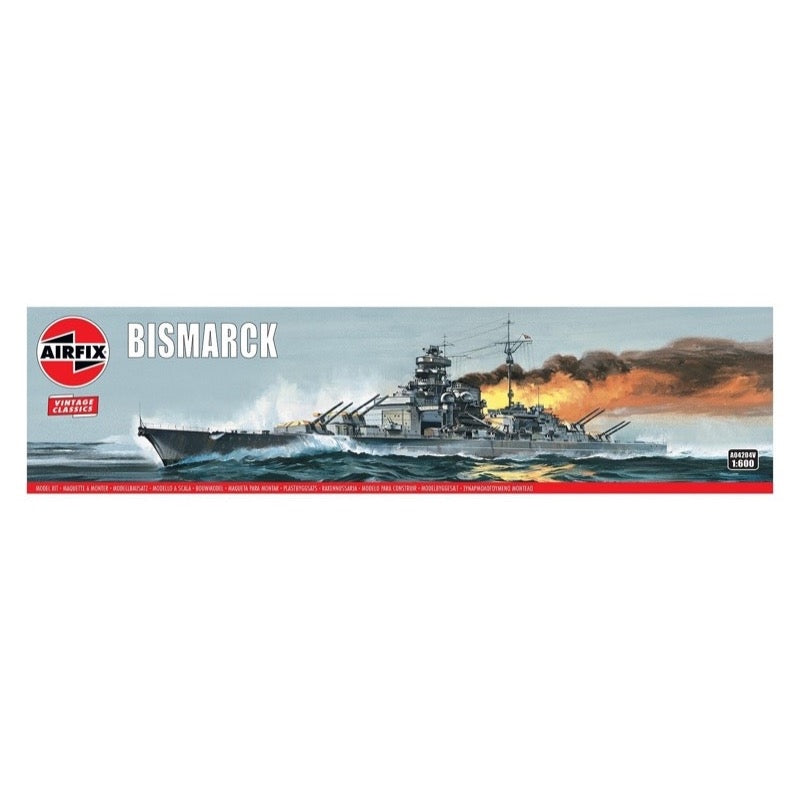
Airfix A04204V 1/600 Vintage Classics Bismarck
The most powerful battleship in the world in 1941 when she sailed to raid Allied shipping in the North Atlantic with the heavy cruiser Prinz Eugen. After being spotted by the Royal Navy she was shadowed and then engaged. In this engagement the Bismarck sank HMS Hood. She was then damaged by at least one torpedo from attacking Swordfish, slowing her down. She was eventually sunk by torpedoes fired from Royal Naval ships with the loss of almost 1,900 crew.
Specification
- 1:600 Scale
- Parts Included: 170
- Skill Level: 3
- Scheme Options: 1
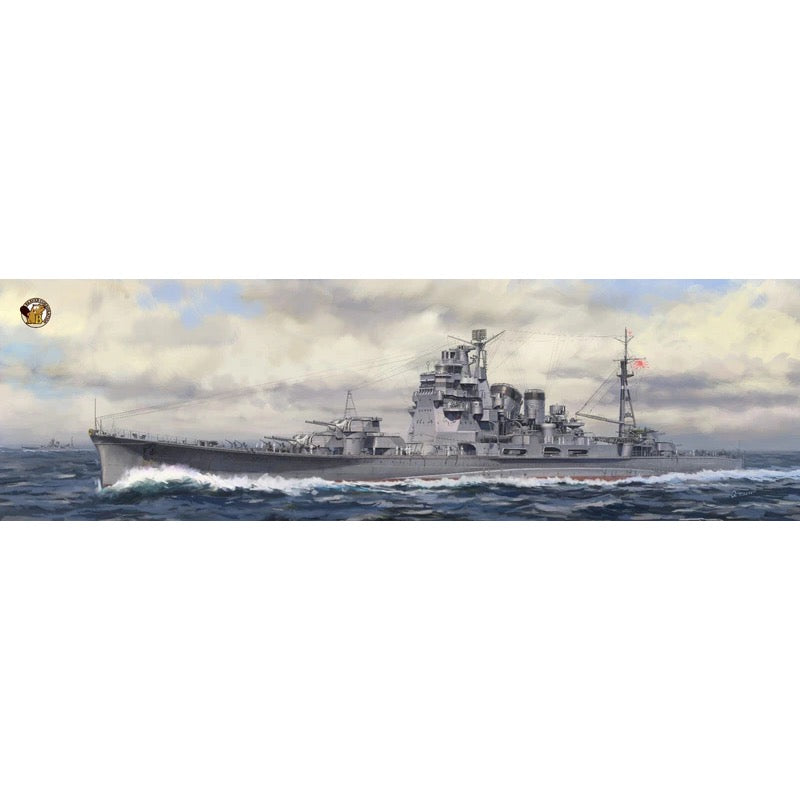
Very Fire BELBV350904DX 1/350 IJN Takao Deluxe Version
The Very Fire 1/350 IJN Takao Kit is a detailed model kit of the Takao battleship in 1:350 scale. This unit type model kit includes the battleship with a height of 6 inches, length of 33 inches, and width of 9.1 inches. It is recommended for ages 17 years and up, and has a weight of 11.2 pounds. The kit features the Takao battleship and is ideal for enthusiasts of boats and ships.

Heller HLL57002 1/400 U-Boat Type VII C Starter Kit
STARTER KIT U-Boot Type VII C
Includes
- Cement
- Brush
- Main paints

Aoshima A004577 1/700 IJN Destroyer Hatsuharu 1933
Hatsuharu was a Japanese destroyer whose keel was laid in 1931, launched in February 1933, and commissioned in the Imperial Japanese Navy in September 1933. The length of the ship at the time of launching was 109.5 m, width 10 m, and the actual full displacement - 1,800 tons. Destroyer Hatsuharu's top speed was up to 36 knots. The main armament at the time of the launch was 5 127 mm guns in two twin turrets and one single turret, and the secondary armament was 2 40 mm cannons, depth charge launchers and nine 610 mm torpedo tubes.
Hatsuharu was the first destroyer of the type with the same name, ie Hatsuharu. Designing destroyers of this type was based on the very successful Fubuki class, but the provisions of the disarmament treaty of 1930 had to be respected, which forced the maximum displacement to be limited to 1,850 tons. The result was a ship with capabilities similar to the Fubuki class, but with weaker torpedo armament. What's more - also on the Hatsuharu type, the ship's stability and the overall strength of the structure had to be improved later. Finally, at the outbreak of the war, units of this type were as good as their Allied counterparts, but had less combat capabilities than the earlier chronological type of Fubuki! Destroyer Hatsuharu began its participation in World War II by supporting amphibious operations in the Dutch East Indies in January-February 1942. In May this year, he took part in an action against the Aleutian Islands. He served in the North Pacific until October. Then it underwent a thorough reconstruction, which lasted until September 1943 and mainly consisted in enhancing the anti-aircraft capabilities of the ship. After reconstruction and renovation, it served as a shield unit for aircraft carriers Unyo and Zuiho. The unit fought in the Battle of Leyte Bay (October 1944), but survived without major damage. The destroyer Hatsuharu was sunk on November 13, 1944.
Aoshima's waterline kit of the Japanese Navy destroyer Hatsuharu depicts the ship as it appeared in 1933.
This is an injection-plastic ship model kit.


